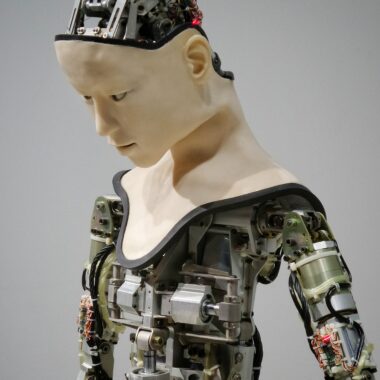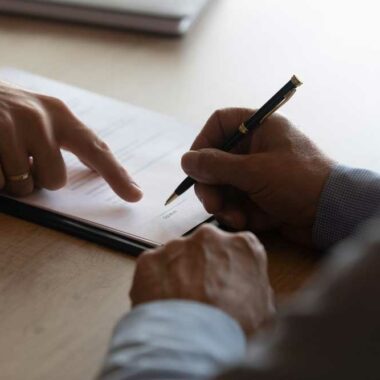| Public Use |
|
Any invention on the date or before the date of priority is in public use or sale bars patent rights of the inventor. An exception to this is if the invention was being experimented to test the invention or to make it better. However while such experimentation an inventor has to maintain secrecy or restrict use of his invention. “Public use” can be better understood by the following case laws. Egbert vs Lippmann: Joseph defended that the corset-steels were in public use at least two years before the priority date and hence the patent is invalid. The court held the patent invalid saying that “public use of the invention by only one person is sufficient to be considered a public use, even where the usage of the invention is not visible to the general public. Similarly, a gift to another party without regards to secrecy or restrictions on use is sufficient to bar a patent for the same reason.” City of Elizabeth v. American Nicholson Pavement Co: In the appeal the court found for Nicholson’s patent. The court held that Nicholson had not done anything which would indicate his intent to relinquish his right to patent his invention. He had no other means of testing the pavement other than by allowing the general public to use it, and had supervised the experiment itself. He did not sell or license his invention to any other party. Although the general public may have derived some incidental benefit from Nicholson’s public testing of this invention, he did not give any sort of general assent for the invention to be used by any other party, and he applied for a patent as soon as he was able to determine that his system of paving was sound. The judge held that this was not the sort of use which created a bar to patentability. |




